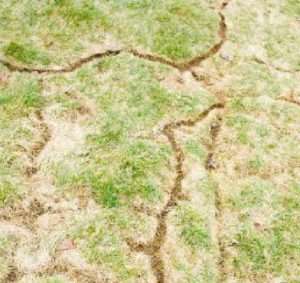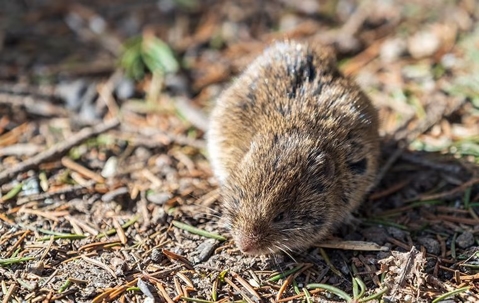Effective Vole Control Solutions: Managing Vole Pest Issues
Comprehensive Overview to Effective Vole Parasite Control: Invasion Recognition and Therapy Techniques
In the world of effective parasite control, vole problems present a special challenge that requires a strategic technique. By checking out the nuances of vole behavior, recognizing key indicators of infestation, and evaluating a variety of control choices, one can develop an extensive approach to deal with these elusive parasites.
Comprehending Vole Habits
Vole behavior is characterized by their burrowing practices and rapid recreation rates, making them a tough insect to regulate effectively. Their fast reproductive rate further complicates control efforts, with ladies capable of generating numerous clutters in a solitary year, each having several children.
Voles are most energetic throughout the morning and night hours, spending most of their time foraging for food. Their tunneling habits not only interrupt grass and yards but also make them challenging to detect and remove. Comprehending vole behavior is essential for effective insect control techniques. By recognizing their burrow areas, keeping an eye on feeding locations, and executing targeted control methods, such as trapping or habitat alteration, vole problems can be handled successfully.
Indications of Vole Problem

Prevention Techniques
Executing efficient avoidance strategies is vital in lessening vole problems and safeguarding plants from their destructive feeding behaviors. To avoid vole invasions, it is essential to begin by removing potential food sources and shelter.
Regularly evaluating the building for indications of vole task, such as paths and tunnel openings, is crucial for very early discovery and timely activity. If vole activity is suspected, consider using repellents or catches strategically positioned near their pathways. Utilizing all-natural killers like owls or snakes can also assist keep vole populaces in check. By implementing a mix of these prevention methods, property owners and garden enthusiasts can properly shield their vegetation from vole damage.
Non-Lethal Control Methods
To efficiently handle vole populations while focusing on humane approaches, non-lethal control methods provide useful options for reducing vole damage in gardens and landscapes. These obstacles can be hidden at least 12 inches deep and read this bent at a 90-degree angle to protect against voles from burrowing underneath.

Lethal Control Options
One effective method for attending to vole invasions in yards and landscapes includes the calculated use deadly control options. When confronted with a severe vole invasion that non-lethal methods have fallen short to consist of, carrying out lethal control actions comes to be critical. One commonly utilized dangerous control alternative is using snap traps. These traps are designed to rapidly and humanely eliminate voles upon activation, making them a prominent selection for several garden enthusiasts and landscapers. To raise the efficiency of snap traps, it is advised to put them in areas where vole task is high, such as along runways or near burrow entries. Another lethal control choice is the usage of harmful baits especially formulated to target voles. These baits contain poison that is ingested by the voles, leading to their ultimate demise. However, care should be worked out when utilizing toxic lures to prevent harm to non-target pets or pets. On the whole, when using deadly control choices, it is necessary to do so responsibly and in accordance with regional policies to effectively manage vole infestations.
Final Thought
In conclusion, efficient vole parasite control requires an extensive understanding of vole actions, recognition of signs of invasion, execution of prevention approaches, and use of both dangerous and non-lethal control techniques. By combining these methods, individuals can efficiently handle vole populations and secure their building from damages. It is essential to attend to vole problems promptly to stop more concerns and decrease the influence on the surrounding environment.
Given the intricate tunnel try this website systems and rapid reproduction prices particular of voles, identifying the indicators of vole problem becomes vital in effective insect control. One of page the main indicators of vole existence is the existence of surface runways or trails in lawn or snow, commonly about 1-2 inches broad, produced as voles take a trip in between their burrows and food resources.To successfully take care of vole populations while prioritizing gentle approaches, non-lethal control techniques supply functional services for lowering vole damages in landscapes and gardens.One reliable technique for attending to vole infestations in gardens and landscapes includes the strategic usage of dangerous control alternatives. vole control utah.In conclusion, efficient vole parasite control calls for a comprehensive understanding of vole behavior, recognition of indications of invasion, application of avoidance methods, and application of both non-lethal and dangerous control methods